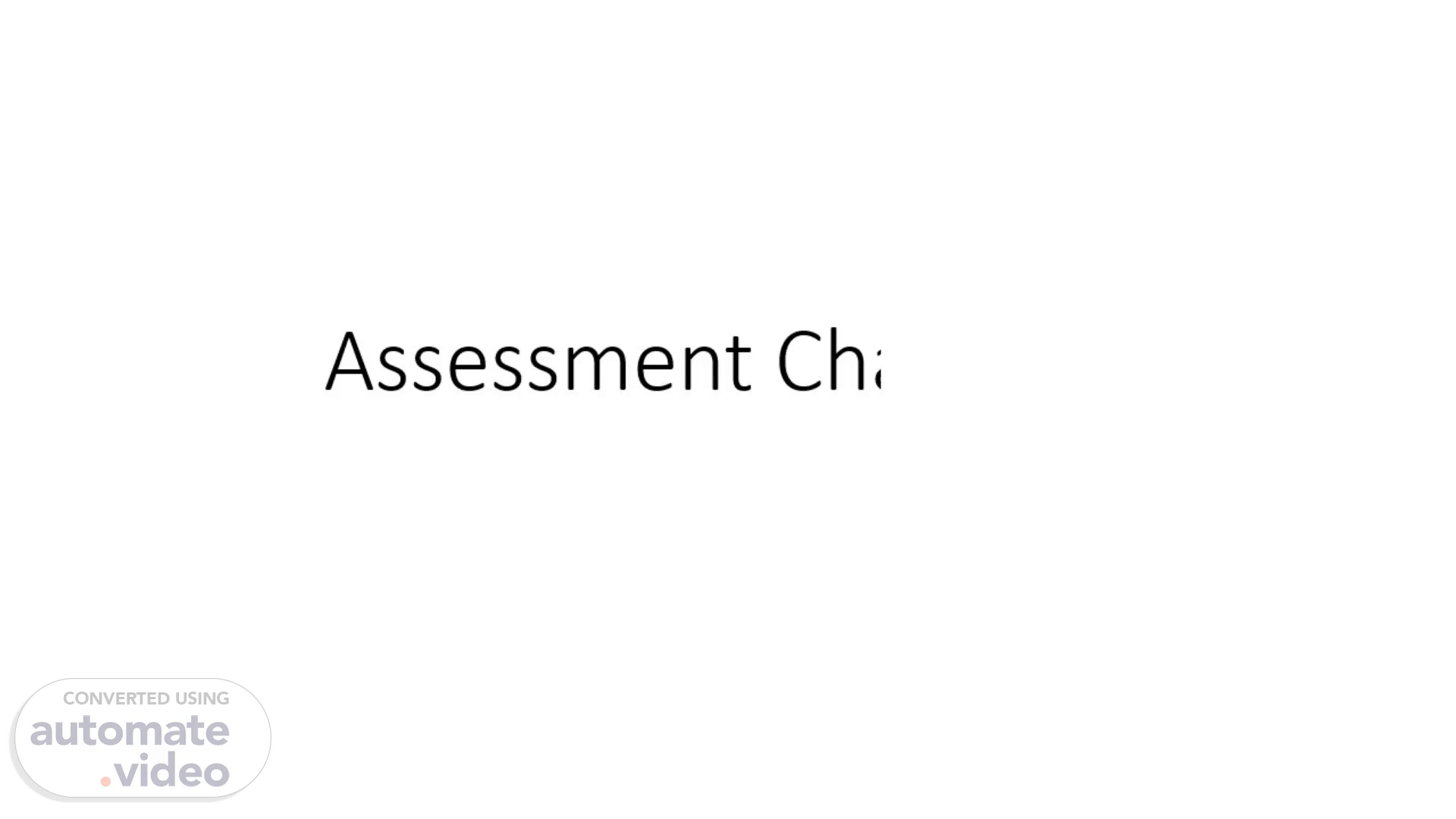
Assessment Chapter 3
Scene 1 (0s)
Assessment Chapter 3.
Scene 2 (5s)
[Audio] Arguments for pay for performance Increased Motivation and Productivity: Pay for performance schemes align employees' financial incentives with the company's goals, potentially increasing motivation and productivity. Employees are more likely to work harder and smarter if they see a direct correlation between their efforts and their earnings. Enhanced Performance Measurement: These schemes necessitate clear performance metrics, leading to more precise and objective assessment of employee performance. This can help in identifying top performers and areas requiring improvement. Attracting and Retaining Talent: Competitive performance-based pay can attract high-caliber candidates looking for reward for their efforts. It can also help retain top talent, as high performers will be rewarded adequately. Encouraging Goal Alignment: Aligning individual performance with organizational objectives ensures that employees focus on activities that drive business success. It fosters a culture of accountability and goal orientation. Cost Efficiency: Pay for performance can lead to more efficient use of payroll resources by linking compensation more directly to results, potentially reducing costs associated with underperformance. Employee Satisfaction: When employees feel that their hard work and contributions are recognized and rewarded, it can lead to higher job satisfaction and morale. Flexibility: Such schemes can be adapted to various roles and industries, allowing companies to tailor incentives to specific job functions and business needs..
Scene 3 (1m 48s)
[Audio] Arguments against pay for performance Short-Term Focus: Pay for performance can lead to a short-term focus, where employees prioritize immediate results over long-term sustainability and growth. Unhealthy Competition: Such schemes can foster unhealthy competition among employees, leading to a decrease in collaboration and teamwork. Unintended Consequences: There can be unintended consequences, such as gaming the system, where employees manipulate results to meet targets without actually improving performance. Measurement Challenges: Measuring performance accurately can be challenging, and discrepancies can lead to perceptions of unfairness and demotivation. Employee Disengagement: If not managed well, pay for performance can lead to employee disengagement, especially if they feel that the performance metrics are not within their control or are unfair. Diminished Intrinsic Motivation: Overemphasis on financial incentives can diminish intrinsic motivation, making employees less likely to perform well when extrinsic rewards are not present. Negative Impact on Quality: Employees might focus on quantity over quality to meet performance targets, leading to a decrease in the overall quality of work. Administrative Burden: Implementing and managing pay for performance systems can be administratively burdensome and costly, requiring significant resources to ensure fairness and effectiveness..